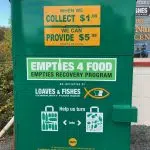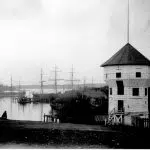
‘We were able to power through’: Bettman reflects on NHL shutdown a year later
Gary Bettman had just returned home when he got a call telling him to turn on his TV.
The NBA had a player test positive for COVID-19 minutes before the start of a game — inside an arena packed with fans — that would ultimately force the league’s postponement.
It was March 11, 2020, and the NHL’s commissioner knew there was only one move to make.
“They instantaneously were in shutdown mode,” Bettman said of the NBA. “We didn’t want to be in that situation. We didn’t want a building full of people. We wanted to be a little proactive.


